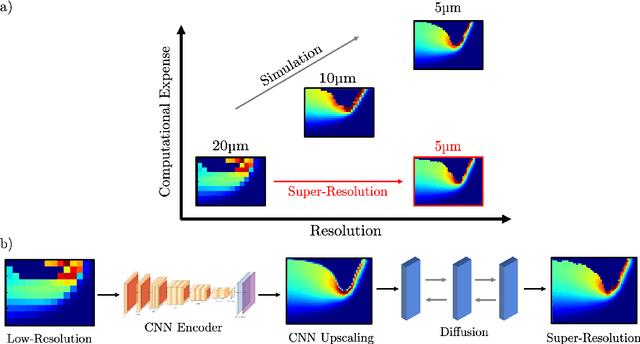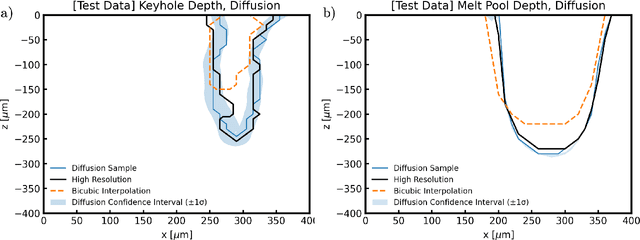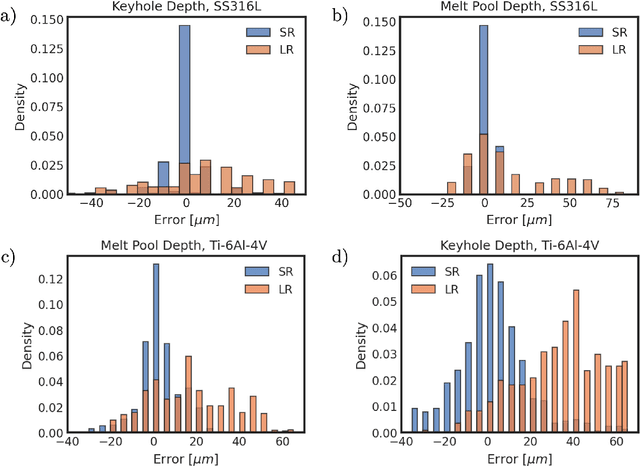Olabode Ajenifujah
AMGPT: a Large Language Model for Contextual Querying in Additive Manufacturing
May 24, 2024Abstract:Generalized large language models (LLMs) such as GPT-4 may not provide specific answers to queries formulated by materials science researchers. These models may produce a high-level outline but lack the capacity to return detailed instructions on manufacturing and material properties of novel alloys. Enhancing a smaller model with specialized domain knowledge may provide an advantage over large language models which cannot be retrained quickly enough to keep up with the rapid pace of research in metal additive manufacturing (AM). We introduce "AMGPT," a specialized LLM text generator designed for metal AM queries. The goal of AMGPT is to assist researchers and users in navigating the extensive corpus of literature in AM. Instead of training from scratch, we employ a pre-trained Llama2-7B model from Hugging Face in a Retrieval-Augmented Generation (RAG) setup, utilizing it to dynamically incorporate information from $\sim$50 AM papers and textbooks in PDF format. Mathpix is used to convert these PDF documents into TeX format, facilitating their integration into the RAG pipeline managed by LlamaIndex. Expert evaluations of this project highlight that specific embeddings from the RAG setup accelerate response times and maintain coherence in the generated text.
Inexpensive High Fidelity Melt Pool Models in Additive Manufacturing Using Generative Deep Diffusion
Nov 15, 2023



Abstract:Defects in laser powder bed fusion (L-PBF) parts often result from the meso-scale dynamics of the molten alloy near the laser, known as the melt pool. For instance, the melt pool can directly contribute to the formation of undesirable porosity, residual stress, and surface roughness in the final part. Experimental in-situ monitoring of the three-dimensional melt pool physical fields is challenging, due to the short length and time scales involved in the process. Multi-physics simulation methods can describe the three-dimensional dynamics of the melt pool, but are computationally expensive at the mesh refinement required for accurate predictions of complex effects, such as the formation of keyhole porosity. Therefore, in this work, we develop a generative deep learning model based on the probabilistic diffusion framework to map low-fidelity, coarse-grained simulation information to the high-fidelity counterpart. By doing so, we bypass the computational expense of conducting multiple high-fidelity simulations for analysis by instead upscaling lightweight coarse mesh simulations. Specifically, we implement a 2-D diffusion model to spatially upscale cross-sections of the coarsely simulated melt pool to their high-fidelity equivalent. We demonstrate the preservation of key metrics of the melting process between the ground truth simulation data and the diffusion model output, such as the temperature field, the melt pool dimensions and the variability of the keyhole vapor cavity. Specifically, we predict the melt pool depth within 3 $\mu m$ based on low-fidelity input data 4$\times$ coarser than the high-fidelity simulations, reducing analysis time by two orders of magnitude.
 Add to Chrome
Add to Chrome Add to Firefox
Add to Firefox Add to Edge
Add to Edge